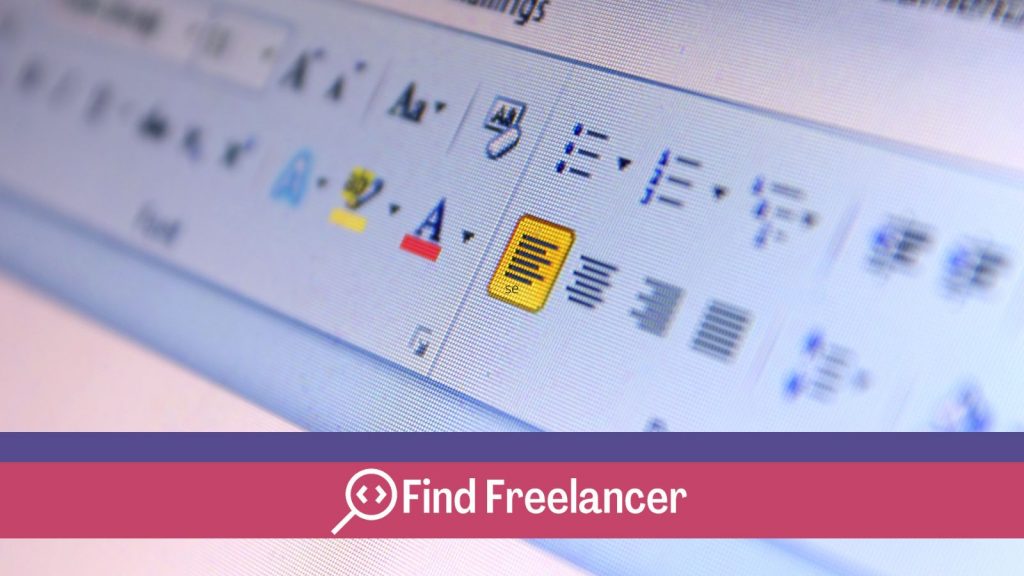Wondering how to improve the presentation of your documents in Word? Although the tool is powerful, page layout can sometimes be frustrating. Poorly formatted documents can compromise credibility. However, there is a simple solution. In reality, many users underestimate Word’s formatting features. This common problem can be solved by understanding the essential tips for elegant layout. In this article, we’ll explore practical tips, solutions to common problems and tricks for creating polished, professional documents with attractive layout in Word.
Common layout issues
Creating an attractive layout in Word can sometimes be a challenge, with common issues that can alter a document’s visual quality and readability. Find out more about these common problems.
Inconsistent margins and spacing
Inconsistent margins and spacing are frequent obstacles to harmonious page layout in Word. When margins are inconsistent or paragraph spacing is poorly adjusted, the result is often a visually unbalanced document. This can affect the legibility of the text and give an impression of sloppiness. To remedy these problems, you need to master margin and spacing settings, ensuring a clean, professional presentation of your content.
Font and style management
Wise management of fonts and styles in Word is fundamental to a successful layout. To achieve this, choose legible, professional fonts for body text, while reserving more stylized styles for headings. To harmonize the whole, maintain consistency in your choice of fonts. You can also use Word’s predefined styles to simplify the process. You can quickly change the appearance of the whole document by simply adjusting the styles. Finally, avoid an excess of different styles, as this can create visual confusion. By adopting a consistent approach to fonts and styles, you guarantee an aesthetically pleasing and professional presentation of your content.
Difficulties with images and graphic objects
Integrating images and graphic objects into Word can sometimes pose challenges, but with a few simple tricks you can overcome them with ease. When inserting images, make sure they complement your content without overloading it. Use the alignment and cropping tools to integrate them harmoniously. For graphic objects, such as shapes or graphics, adjust their properties to align them correctly with the text. Avoid excess and maintain a clear visual hierarchy. By understanding these techniques, you’ll easily overcome the difficulties associated with images and graphic objects, creating a visually appealing layout in Word.
Tricks for a successful layout
Creating a successful layout in Word relies on the application of a few simple but effective tips. These practical tips will help you optimize the presentation of your document, whether it’s professional reports, academic articles or any other textual content.
Effective use of text styles
Text styles in Word are powerful tools for ensuring visual consistency throughout your document. Rather than manually formatting each heading or paragraph, assign them a predefined style. For example, use “Heading 1” for main headings and “Body Text” for standard content. This not only simplifies the process, but also makes overall layout adjustments easier by simply changing the style.
Managing margins and spacing
The right margins and spacing play a crucial role in a document’s legibility and aesthetics. Access Word layout options to set uniform margins. Use paragraph spacing sparingly to avoid an overloaded appearance. Careful management of these elements ensures a balanced, visually pleasing presentation.
Wise choice of fonts and colors
Opt for professional, legible fonts. A balanced combination of fonts for headlines and body copy enhances legibility. In addition, choose colors that harmonize and make sure they offer sufficient contrast for clear text against a background. Stay sober for formal documents and explore more creative options for artistic projects.
Inserting and manipulating images
When inserting images, be sure to choose high-quality files. Use the alignment tools to position images consistently with text. The crop function is useful for adjusting image size without compromising quality. Avoid visual clutter by inserting captions to contextualize images. These practices ensure smooth integration of visual elements into your layout.
Solving specific problems
Solving specific problems in Word page layout requires a focused approach to overcoming particular obstacles. Challenges such as the precise alignment of objects, the management of page breaks, and the handling of headers/footers require special attention. Find out then in detail about these specific issues, offering practical, straightforward solutions to ensure impeccable page layout.
Object alignment and distribution
To ensure precise alignment of objects in Word, use the automatic alignment features. Click on the object, access the “Format” tab and use the available alignment options. The “Align” function is particularly useful for ensuring a uniform layout. If you have several objects, the “Distribute” function will help you space them evenly. These tools facilitate precise alignment and even distribution of objects throughout your document.
Managing page breaks and headers/footers
Page breaks can be effectively managed using Word’s page break function. Place your cursor where you’d like the break, go to the “Page Layout” tab and select “Page Break”. For headers/footers, go to the “Insert” tab, choose “Header” or “Footer”, and customize as required. Be sure to set the options so that headers/footers are consistent across all pages.
Pagination optimization
Pagination optimization is undeniable to avoid unnecessary white space or unwelcome breaks. Use layout options to adjust margins and paragraph spacing. Make sure that titles and images are not cut off between pages. If necessary, manually adjust page breaks for a smoother layout. This optimization ensures that your document looks professional and is easy to read.










